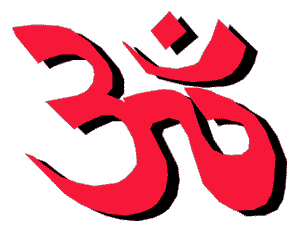Kirtan and Dhun
The Hindu Devotional Song

The bhajan has a special place in Indian society. Most bhajans were written between the 14th through 17th centuries. They are simple songs sung in the praise of God. Complex spiritual truths are portrayed in the simple language of the farmers, merchants, and other common people of the time.
Bhajan is an important part of a Hindu revivalist movement which swept through India during the Mogul period; this movement was known as the Bhakti movement. The crux of this movement was simple; spiritual salvation was attainable to anyone who had a pure and selfless love of God. This salvation was not predicated upon formalised yagnas, pujas, knowledge of Sanskrit, or any of the characteristics of the older forms of Hinduism. This was a spiritual empowerment of the masses.
Bhajan is difficult to describe musically because it is not defined by any musical characteristics; it is defined by a sense of devotion (bhakti). Bhajans cover a broad spectrum of musical styles from the simple musical chant (dhun) to highly developed versions comparable to thumri.
The poetic content of the bhajan also covers a broad spectrum. The more traditional ones by great saint musicians such as Mira, or Kabir are considered to be of the highest literary quality. Many modern ones, although more easily understood by the masses, usually have a literary value no greater than a typical film song (a popular form of music generated for the masses). The lowest poetic form is the dhun, which is actually nothing more than a musical version of a chant.
The structure of bhajan is very conventional. It contains a single sthai and numerous antara. The last antara has special significance because it contains the nom de plume of the author.
There are a number of musician/ saints who are famous for their bhajans. The names Tulsidas, Surdas, Mira Bai, and Kabir are particularly well known.
The possible instruments used to accompany bhajan are unlimited. However, one most commonly finds dholak, tabla, dholki, kartal, manjira, harmonium, bulbul tarang (banjo), or esraj. When the bhajan is performed in a classical setting, one may also find tanpura or even sarangi on rare occasions.
Kirtan and Dhun
The Kirtan or Dhun is related to the bhajan. The major difference is that bhajan is usually performed by a soloist, while kirtan and dhun usually involve the audience in a “call-and-response”. The musical quality is consequently much simpler to accommodate the uncertain musical abilities of the participants. The term Kirtan is used by Hindus and Sikhs, while the term Dhun seems to be used only by Hindus. Please note that this usage of the term “dhun” should not be confused with the dhun of instrumentalists.